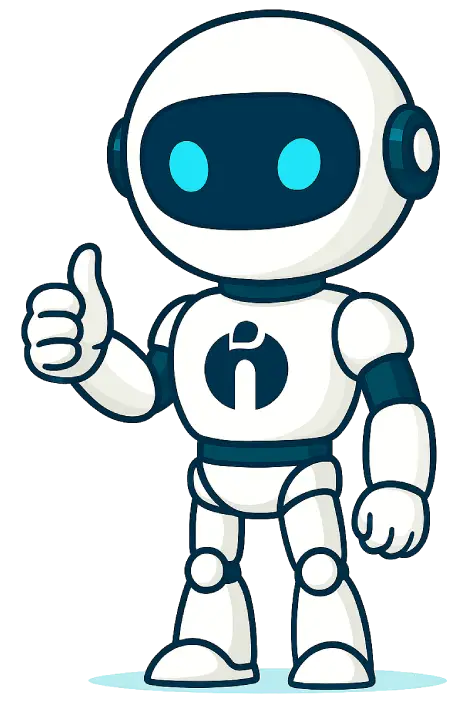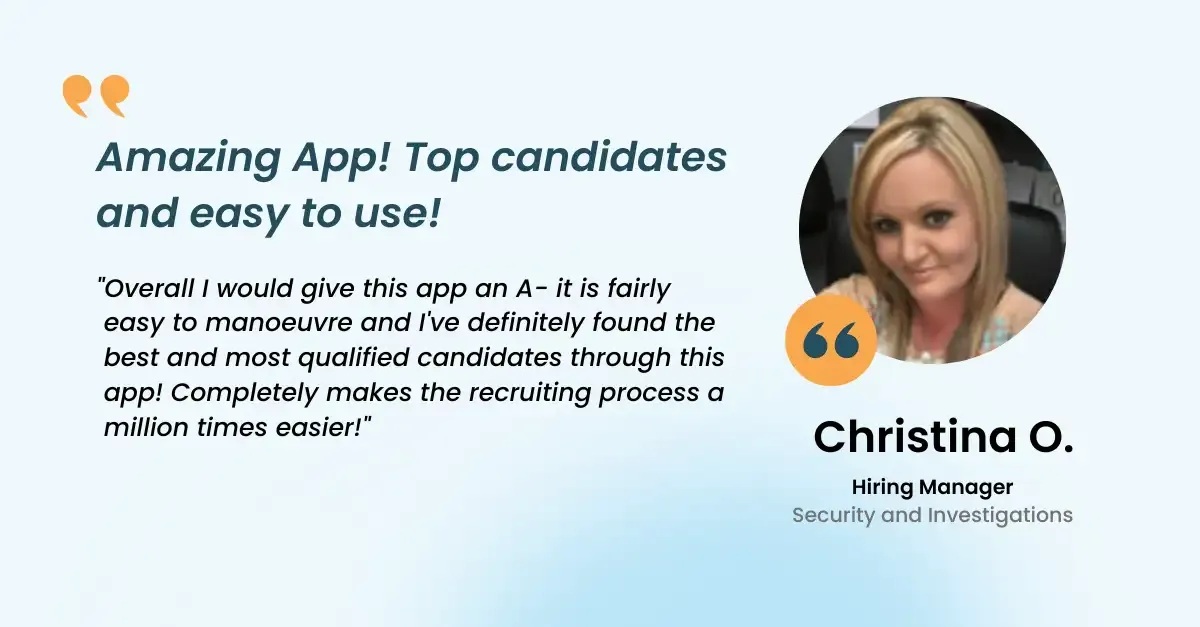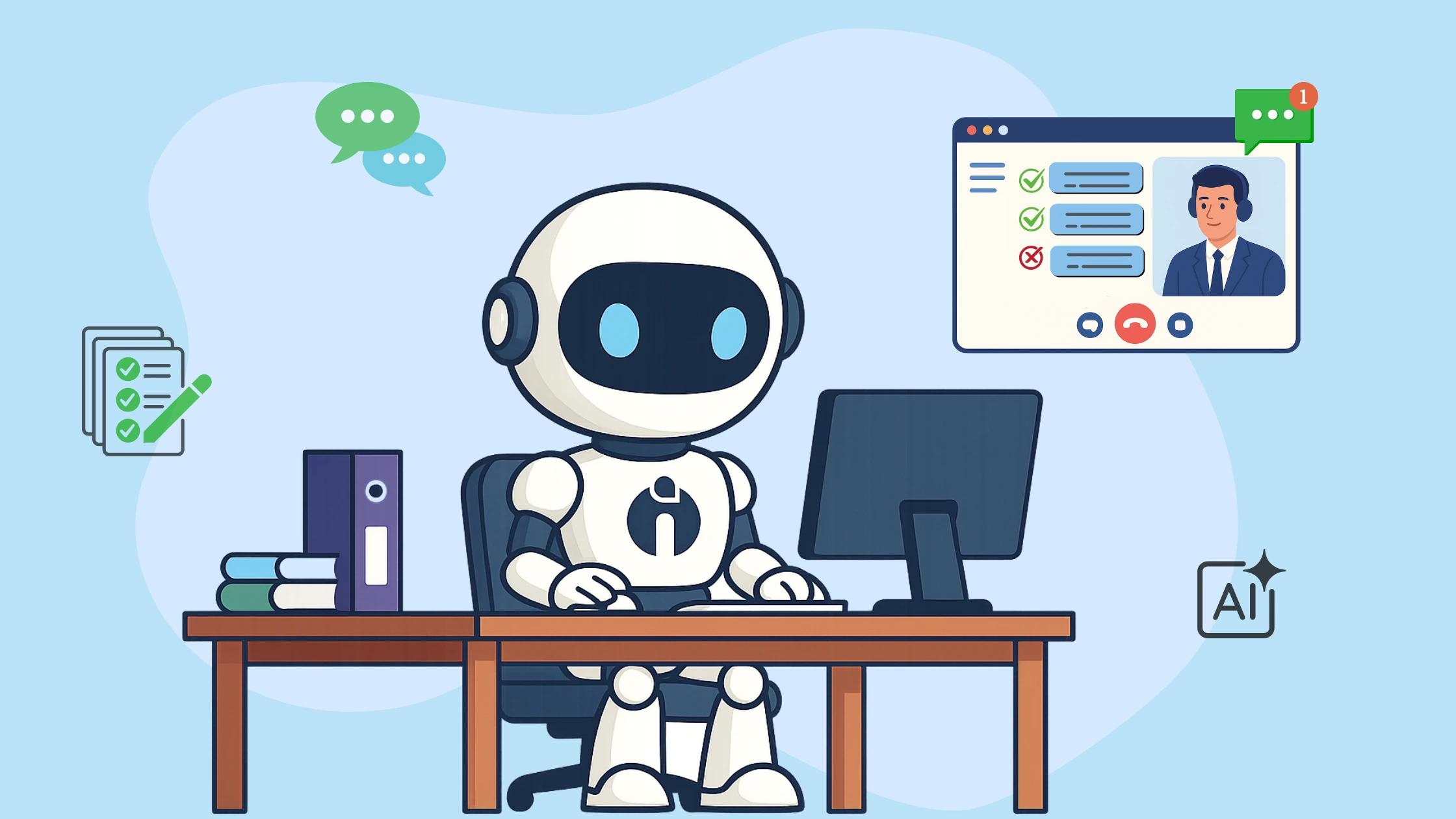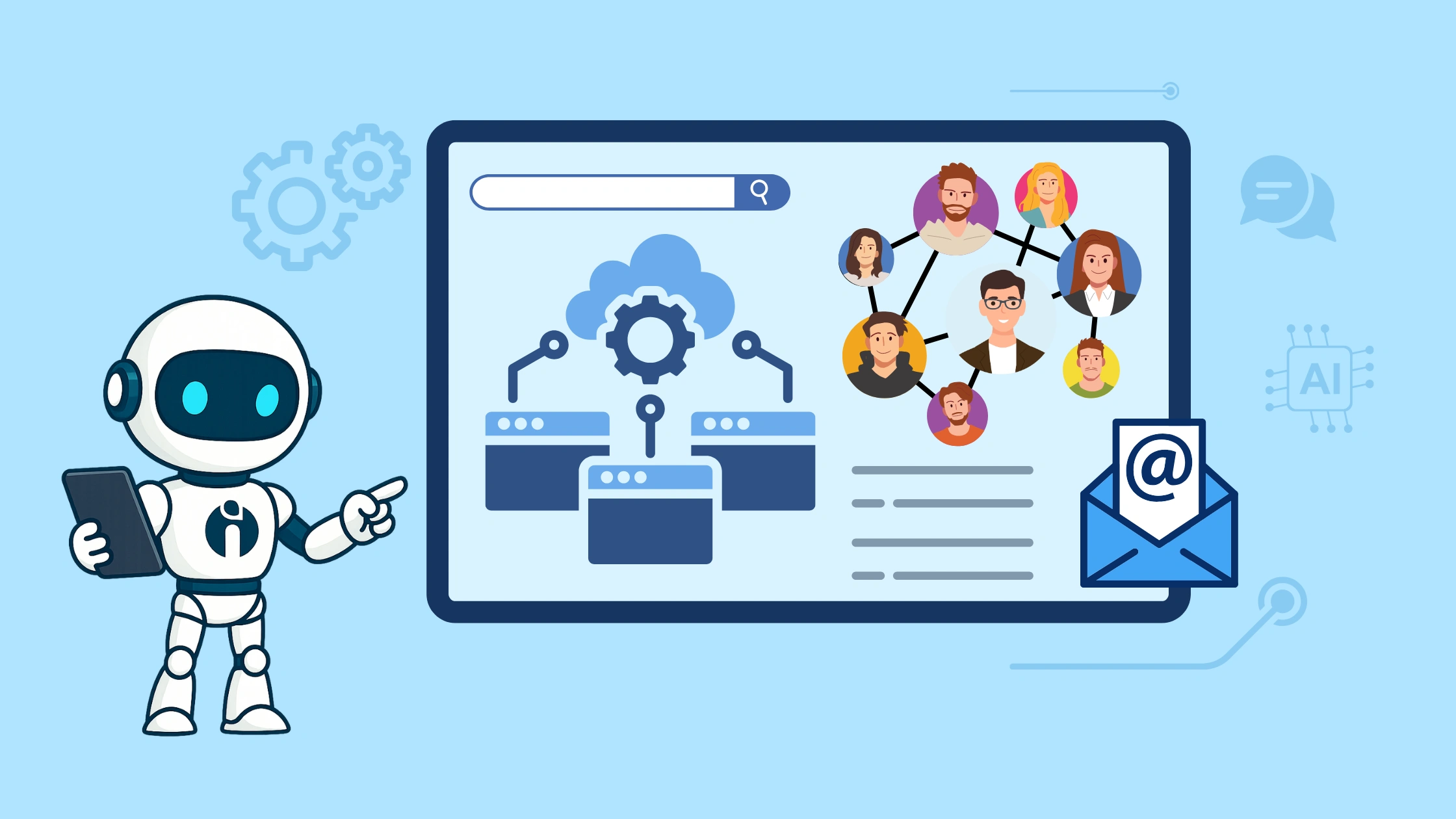TL;DR
- Automated sourcing software saves time and reduces recruitment costs.
- Social recruiting tools enable reaching passive talent through multiple platforms.
- Keeping candidates engaged with automated communication retains interest.
- Mobile optimisation ensures convenient applications through smartphones.
- Data analytics help refine sourcing strategies and identify ideal channels.
- Building a talent pool and integrating software improves future hiring efficiency.
Sourcing is one of the most crucial parts of the hiring process. This is where you build a great candidate database for the entire pipeline. Taking it for granted can result in delays in finding new hires, missing out on top talent, and ending up with mediocre candidates.
It is essential that you have automated recruitment sourcing techniques to ensure that the rest of your hiring journey goes smoothly. Fortunately, there are tools available to help you with the task. A study by Statista shows that 47% of corporations have started using candidate sourcing solutions to aid their human resource teams in the job.
With that said, here's how software solutions can help you create an effective sourcing process for your business.
Key Benefits of Sourcing Software:
1. Save time and cost through automation
Recruiters must often deal with several tasks at once to complete the entire hiring process. Streamlined talent sourcing is merely one of them. And with the number of applications and resumes going in, it can be challenging for them to suitably screen potential candidates without using up too much time.
According to the Society of Human Resource Management (SHRM), businesses' average time to fill a single position can last more than a month. The longer this goes on, the more productivity you can lose in the process. However, you should never rush through your candidate sourcing process.
Fortunately, most candidate sourcing tools have to automate functions that allow you to reallocate tasks from your recruiters and into your software. Having automated solutions takes a massive load off your HR teams, allowing them to do more in less time. With the right tools, you can reduce the time and cost spent on sourcing candidates.
2. Reach out to talents through social recruiting
The rise of the internet has brought several new platforms that recruiters can use to find top talent, Most of which are free, wide-reaching, and instantaneous. Having so many options to choose from allows you to find more creative ways to source candidates.
Social media, for one, is one of the popular mediums for reaching out to passive talents. It allows you to reach out to top talent instantly. Likewise, these social sourcing software let you do quick background checks on potential candidates to determine whether they are the best fit for the position and company. Aside from social media sites, there are also various popular job board sites where you can post job ads.
With so many choices out there, you will often end up managing several pages at once. To keep everything streamlined, you will need software like iSmartRecruit to assist you with the task. It will let you connect to social media pages, integrate with job boards, and promote your brand across all channels with minimal effort.
3. Keep up engagement with potential candidates
One of the biggest peeves among job applicants is when companies they apply to ghost them after initial contact. You might not know it, but job seekers aren't the only ones missing out in such cases. You are, too.
Without proper engagement, potential talents can lose interest in your company and start applying somewhere else. Before you know it, your competitors will snatch them up right under your nose.
However, maintaining contact during the sourcing process can often be overlooked, especially if you have other tasks to deal with. Fortunately, your software solution can help you with this. It can send out automated emails to everyone in your talent pool, encouraging them to submit their resumes to your company as soon as a position is open. This approach not only keeps candidates engaged but also strengthens your sourcing efforts.
4. Optimise mobile sourcing and recruiting
According to a survey by Glassdoor, 58% of job seekers use their smartphones to apply for jobs. With the various technological advances made to this small device, people find it easier and more convenient to rely on their smartphones for web connectivity and communication.
Hence, your recruitment process must be optimised for mobile usage. From career pages, job ads, and communication lines, you must ensure that job applicants can reach you through their respective smartphones.
To adapt to these latest trends, most software solutions for recruitment are optimised for mobile devices. It ensures that you can deliver the best candidate experience, no matter what their screen size is. On the other hand, it also provides flexibility for your recruiters to work anytime and anywhere through their smartphones.
5. Leverage data and analytics
Nowadays, businesses can gain a lot of insights through data and analytics. By knowing the latest trends in candidate search and behaviours among your target applicants, you will know where and how to source candidates effectively.
What may seem like simple information and facts can help you develop efficient methods and strategies for spotting the perfect candidate for the position. For one, traffic data lets you know the best channel or platform to post your job ads. Likewise, knowing where your target applicants often look for job openings makes it easier for you to reach out to them.
This is one of the biggest perks that software solutions offer. Most of them have the tools to gather, store, and analyse data for you without interfering with the whole streamlined recruiting process. It can also transform raw data into digestible reports that you can use to make smarter decisions for your business in the long run.
6. Create the best talent pool
The main purpose of sourcing candidates is to create a pool of talent from which you can choose your future hire. It narrows down the list of potential candidates and filters out unqualified applicants from the get-go. This ensures that everyone who enters the official roster is appropriately eligible for the position.
While you're often forced to choose only one among the number of promising candidates, that doesn't mean you should start letting go and forgetting about the rest. After all, you never know when another position might open up within your company.
Thus, it is a good idea to have a recruitment CRM that allows you to collate and store important details on those candidates who showed promising potential during the hiring process. By creating a database for them, you no longer have to start from scratch all over again. You now have a vetted list of candidates to begin with. It also doesn't hurt to keep in touch with former employees and keep them in your database for future recruitment purposes.
7. Integrate with other solutions
As mentioned earlier, sourcing is simply one of the first stages of the recruitment process. There are many more aspects that you must consider for the journey. Hence, you might find yourself utilising several solutions during the entire recruitment sourcing process. For example, applicant tracking software might have different functions compared to staffing software. Likewise, HR software might not have all the tools for your sourcing needs.
To ensure that your hiring process remains streamlined and seamless, you must look into your software solutions' integration capabilities. You can easily switch tasks from one software to another through this feature without compromising data and disrupting workflow. It also further enhances your experience with all your software solutions in the process.
Taking the first step
Before you can jump right into the meat of recruiting, you must first source applicants. This is the very first step in hiring, where you go through the various resumes and applications from prospective candidates. Without it, there will be no recruitment to speak of.
Sourcing is one of the most critical parts of recruiting. It screens potential applicants before they can officially enter the pipeline. This part of the process should never be taken for granted. After all, this will ultimately determine whether you will get a successful hire or not.
FAQs - Frequently Asked Questions
1. Why is sourcing important in the recruitment process?
Sourcing builds the foundation of your hiring pipeline. It ensures you're starting with qualified candidates, which helps reduce time-to-hire and improves overall recruitment success.
2. How can sourcing software save time and costs?
Sourcing tools automate repetitive tasks like resume screening and outreach. This allows recruiters to focus on higher-value work, helping fill roles faster and more efficiently.
3. What is social recruiting, and how does software help?
Social recruiting uses platforms like LinkedIn or Facebook to find and engage candidates. Software helps manage multiple channels at once and streamlines outreach and brand promotion.
4. Can sourcing software help keep candidates engaged?
Yes. Many tools send automated follow-ups and updates to candidates, helping maintain communication and reduce drop-off in the hiring process.
5. Why is mobile optimisation important in sourcing?
Most candidates use mobile devices to search and apply for jobs. Software optimised for mobile ensures a better experience for applicants and greater flexibility for recruiters.















